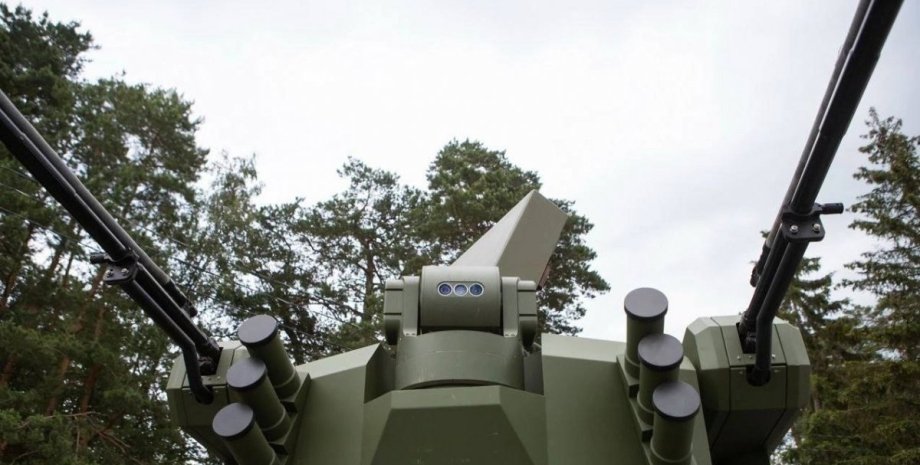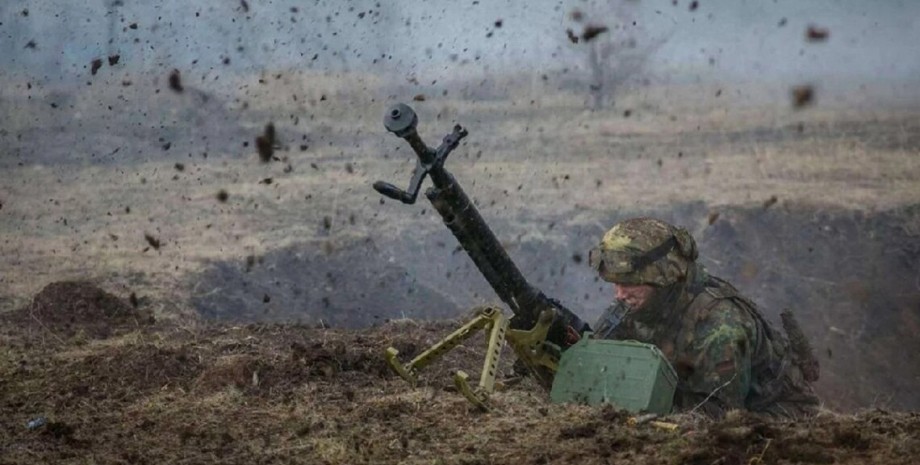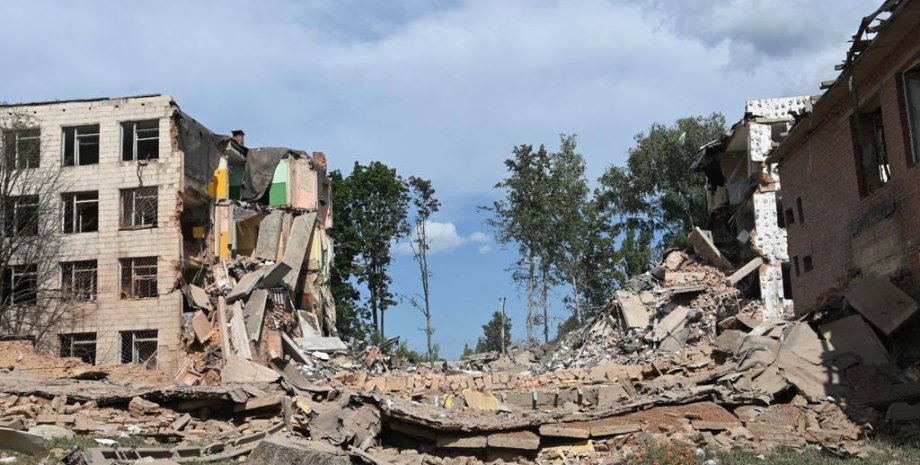
 By Victor Duda
By Victor Duda
The budget this year is another evidence of the high rates that Beijing put in military and geopolitical terms. About it writes in his article, which was translated by Focus, senior researcher-resident ASPI Rajeswari Pilllai Rajagopalan. This should push other countries in the region to increase the cost of their armed forces. Too many countries are afraid of arms races in the Indo-Pacific and beyond, but in reality it is just what is needed.
Beijing will continue to increase its offensive power no matter what others do. By limiting defense costs, we are just at risk. The increase in China's defense budget by 7. 2 % in 2024 and 2025 provides for an increase in the share of the economy that goes to military needs. In 2024, GDP officially increased by 5. 0% (after adjustment to inflation) and should repeat this figure this year. Since inflation in China was only 0.
2%last year, and this year, according to the organization of economic cooperation and development, 0. 6%, the real increase in the defense expenditures of Beijing is not much lower than the nominal (unused) increase in the budget. And they are ahead of GDP growth. In the context of conflicts and tensions in Europe, the Middle East and the Indo-Pacific, according to the Stockholm International Institute for Peace Problems (SIPRI), global military expenditures have increased by impressive 6.
8% in real terms (242 year. This is the most annual growth since 2009 - although it is difficult to measure defense costs, in particular due to the opacity of the budgets of some countries, including China. In its latest China's military power report, the US Department of Defense stated that China was spending 40-90% more on defense than stated in the state budget. This means that in 2024, costs will be from $ 330 to $ 450 billion.
According to the International Institute for Strategic Studies, China's defense budget will increase by 7. 4%for 2024, which is significantly ahead of the average in the region, which is 3. 9%. Despite the relatively high rates of economic growth in Asia, the share of the region in global military expenditures decreased from 25. 9% in 2021 to 21. 7% in 2024 due to wars and the associated increase in costs in Europe and the Middle East.
However, increasing China costs, as well as events in North Korea, will most likely lead to an increase in Asia's share in defense costs. According to SIPRI, China will allocate $ 296 billion in 2023, which is 6. 0% more than 2022. The continuous increase in China's military power prompted its neighbors to increase their own military expenses.
Last year, several well -known experts from China rated China's costs in 2024 at $ 471 billion (although according to their methods, US investment in defense in 2024 also amounted to $ 1. 3 trillion instead of US $ 825 billion). Even if China's neighbors agree with his unlikely statement that less than 1.
5% of GDP is consumed on defense, they are unlikely to reassure them as the potential of the Chinese armed forces is increasing and its military and (alleged) civilian agencies behave in the region aggressively. One way or another, 1. 5% of such a large economy is still an alarming indicator. As China's economic growth slows down, it should be expected that the proportion of defense in its GDP will continue to grow.
China loves to mention that the defense budget for 2025 for the tenth year in a row shows one percent growth. However, these growth rates are still large by international standards and are based on a much more expanding expansion in previous years. In 2014, defense costs in China increased by 12. 2%, in 2015 decreased to 10. 1%, and in 2016 - to 7. 6%. Of particular concern is the opacity of China's military cost data.
Typically, China explains the increase in costs of various military exercises in which it participates, as well as the service and support of its armed forces. It is understood that the increase in costs goes mainly for salaries and pensions. Indeed, the number of Chinese military personnel is very large, but its equipment is also constantly improving. Only last year China demonstrated two new stealth fighters, and in the development there is a stealth bomber.
In addition, China builds an atomic aircraft carrier, which can be compared with the latest American aircraft carriers. The Government Information Agency "Xinhua" justifies China's defense budget by paying for "national defense policy, which is defensive, and military expenditures are mostly aimed at protecting sovereignty, security and interests . . . However, China's actions do not provide for purely defensive motives.
Such statements are no more true than the words of Vladimir Putin that the increase of military forces on the border with Ukraine in 2021 and 2022 was only training. When China directs its naval forces to intimidate its neighbors and conduct military exercises that suddenly force commercial flights to change its route, as many countries in the region should speak about it. And the language that Beijing understands is an increase in our own defense costs.










All rights reserved IN-Ukraine.info - 2022